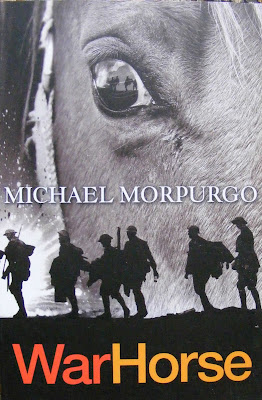The Wild Horses of Abaco
I wrote yesterday
about Stacy Gregg’s book Wild Horse
Island, with its story about the Abaco Barb. I was intrigued by the idea of
a breed of horses who had originated in Spain, and who were still galloping
round the Abacos Islands today.
There is no herd: there is one, single horse.
Once, there was a herd of horses of Spanish descent, but a
fatal combination of hurricane, invasive poisonous plants, ignorance and
inbreeding has led to the horse’s catastrophic decline.
Although the horses were indeed descended from Spanish
horses probably brought over by Columbus, it’s not that likely that they
arrived on Abaco in the 15th century. Cuban logging companies who
worked in the Abaco Islands imported horses to work the forests in the late 19th
century. These horses were of Spanish descent, as Columbus established horse
farms on Cuba. The Abaco horses were genetically tested, which showed that they were indeed of Spanish descent.
When the logging companies left in the 1940s, the horses
stayed. They grew into a herd of about 200, but their existence was threatened
once roads were built into the forests. With the roads came things you’d expect
from the intrusion of civilisation into the wilderness: humanity, and traffic.
Other, more insidious things were also brought into the horses’ grazing areas
by the roads. Invasive and poisonous plants threatened the horses’ grazing, and
killed them. The horses weren’t always treated well by humankind. They were
killed for sport, and dozens were killed in retaliation after a local child was
killed, trying to ride one of the horses. Numbers, which had sunk to three by
the 1960s, were beginning to recover in the 1990s, with around 30 animals. The
Bahamian Government had set aside a reserve of 4000 acres for the horses. Then
a hurricane struck, and the horses were driven into grazing lands that were too
rich for them, as well as into areas where poisonous plants flourished. The
horses’ rate of reproduction plummeted, possibly not helped by the fact that
with such a small gene pool, they were becoming inbred.
The video below shows the last three horses, but there is
now just one, Nunki.
There are plans to try and re-establish the horse using eggs
from Nunki, and using stallions of the right genetic make up to create embryo
transfers. Finding the right stallion is complicated. You need more than one
stallion to avoid inbreeding, and you need those stallions to be genetically
close in type to the Abaco horses, so that you’re still producing a Spanish
Colonial Horse. Dr Gus Cothran, from the Department of Integrative Biosciences
at Texas A&M University, is an expert in equine genetics, and has found one
suitable stallion. He is searching for four more possible stallion candidates.
His research interests include the conservation of rare breeds, and you can’t get
much rarer than one.
There are other problems. Nunki is a wild horse, and she
needs to be worked with so the egg harvesting can take place. As I write
(November 2014), Bruce Anderson (a horse whisperer, for want of a better term) is teaching Milanne Rehor to work with Nunki.
The plan is to harvest eggs from Nunki next year.
Milanne Rehor has made it her life’s work to ensure the
survival of the breed. She has set up two organisations, WHOA (The Wild Horses
of Abaco Preservation Society) and Arkwild Inc, a not for profit, who work to look
after Nunki and, eventually, breed new foals. You can follow Arkwild on their
Facebook page, which is regularly updated.
Links:

Comments